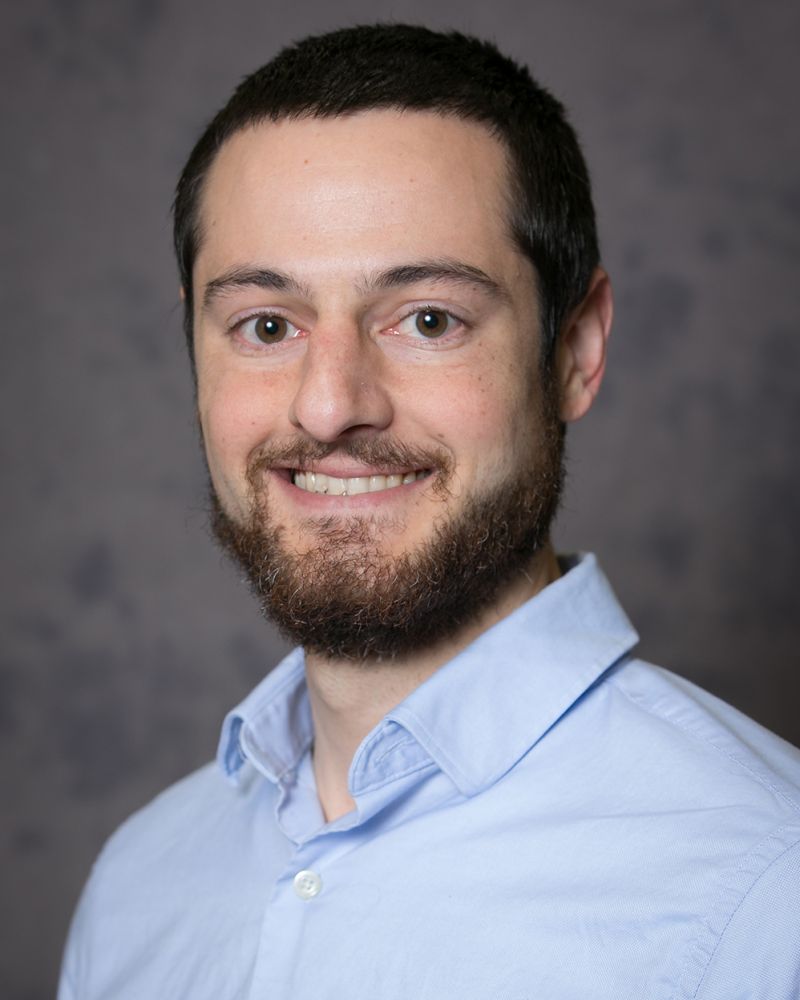Dr. Gregory Kubacki
Associate Professor, Associate Director of the Center for Advanced Manufacturing and Materials Design Integration
Contact
- 1007 NERC
- phone (205) 348-3484
- Faculty Website
Education
- Ph.D., Bioengineering, Clemson University, 2018
- B.S., Chemical Engineering, Virginia Tech, 2013
Dr. Gregory Kubacki’s research interests focus on the structure-property relationships that affect the corrosion behavior of structural and biomedical alloys processed through advanced fabrication methods, such as laser-based or solid-state additive manufacturing. He is also interested in exploring how local environmental conditions influence passivity and electrochemical processes on metal surfaces to better understand corrosion initiation events and predict long-term performance.
Before joining the MTE department at UA, Kubacki was a post-doctoral research associate in the Center for Electrochemical Science and Engineering at the University of Virginia where he focused on atmospheric corrosion of aluminum alloys.
Affiliated Areas
Center for Advanced Manufacturing and Materials Design Integration, Metallurgical and Materials Engineering
Selected Publications
- Wiegand MJ, Kubacki GW, Gilbert JL. Electrochemical Potential Zone of Viability on CoCrMo Surfaces is Affected by Cell Type: Macrophages Under Cathodic Bias are More Resistant to Killing. J Biomed Mater Res – Part A 2019; 107(3): 526-34.
- Liu C, Kubacki GW, Kelly RG. Application of Laplace-Equation Based Modeling into Corrosion Damage Prediction for Galvanic Couple Between Zn Plate and Stainless Steel Rods Under a Thin Film Electrolyte. Corrosion 2018; 75(5): 465-73.
- Kubacki GW, Gilbert JL. The Effect of the Inflammatory Species Hypochlorous Acid on the Corrosion and Surface Damage of Ti‐6Al‐4V and CoCrMo alloys. J Biomed Mater Res – Part A 2018; 106(12): 3185-94.
- Hui T, Kubacki GW, Gilbert JL. Voltage and Wear Debris from Ti-6Al-4V Interact to Affect Cell Viability During In-Vitro Fretting Corrosion. J Biomed Mater Res – Part A 2018; 106: 160-7.
- Kubacki GW, Sivan S, Gilbert JL. Electrosurgery Induced Damage to Ti-6Al-4V and CoCrMo Alloy Surfaces in Orthopedic Implants In Vivo and In Vitro. J Arthroplasty 2017; 32: 3533-38.
